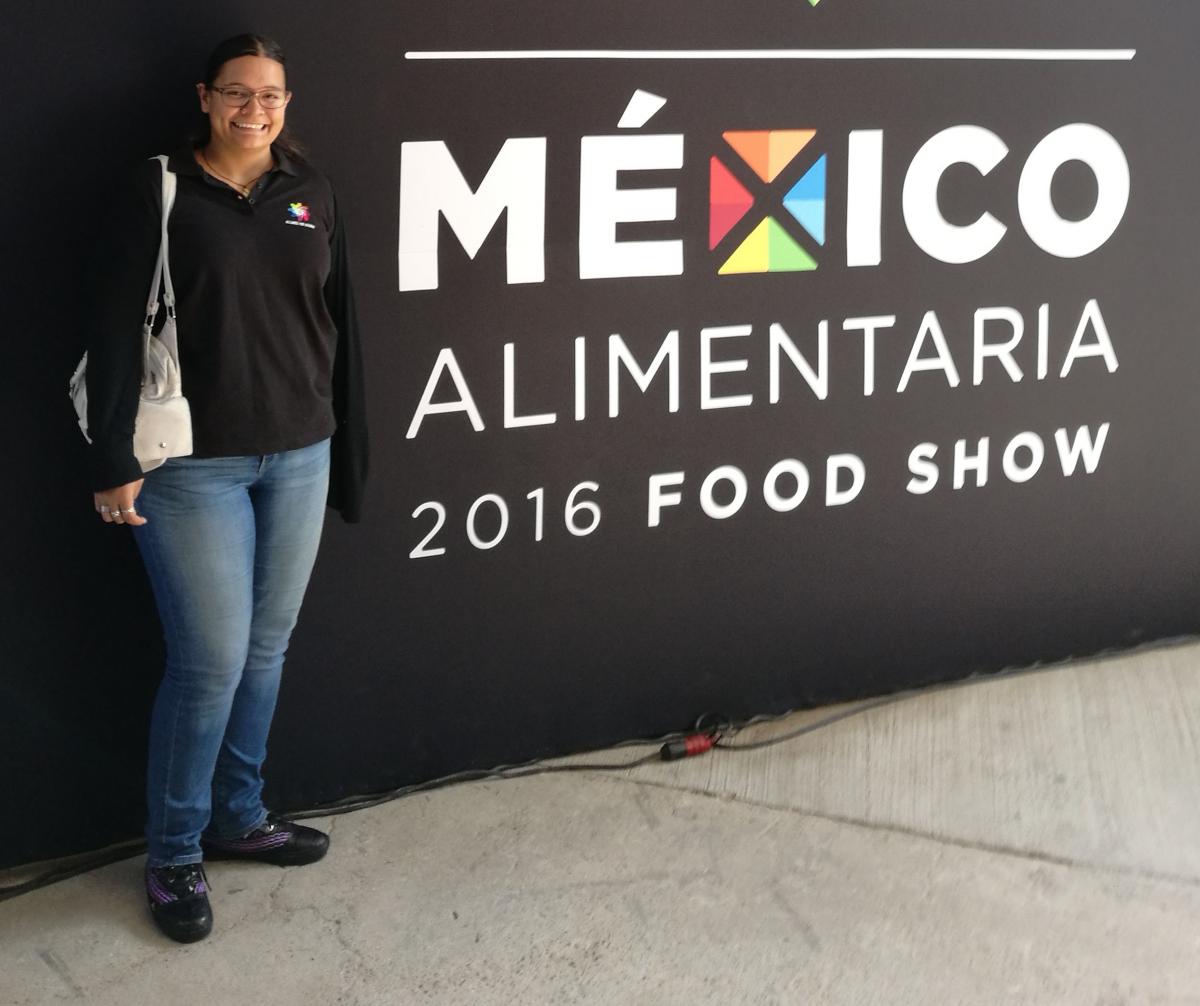
One of the greatest challenges facing wildlife conservation to date is the loss of habitat, which is caused by different human activities.
One major contributor to habitat loss is land conversion from natural areas into agricultural fields. This means cutting down the forest to grow more crops. I believe we can greatly reduce the pressure on natural areas and wildlife habitats by finding ways to be more efficient in our food production. This includes improving our agricultural system through a mixture of traditional techniques and scientific innovation, using as many tools as are available.
Since agriculture plays a key role in improving conservation efforts, I recently attended Cornell s Alliance for Science Global Leadership Fellows course. I was hoping to obtain more information about the new technological tools that are being developed to increase food production while also reducing negative environmental impacts. I also wanted to gain the skill set needed to help promote these tools, and to be able to correctly and efficiently communicate the benefits of using these new technologies as a viable option for the sustainable development of the rural and indigenous communities of my country.
The 12-week intensive program at Cornell provided me with the opportunity to be mentored by scientists and experts on effective science-based communication and grassroots persuasion and organization. It provided me with access to knowledge and quality information through expert instructors. At the end of the program I returned home ready to make a difference through effective communication of the benefits of new agricultural tools for environmental conservation.
Sol Guerrero Ortiz holds a master s degree in wildlife management and conservation, with a focus on sustainable development of rural and indigenous communities. She was a 2016 Alliance for Science Global Leadership Fellow representing Mexico.
